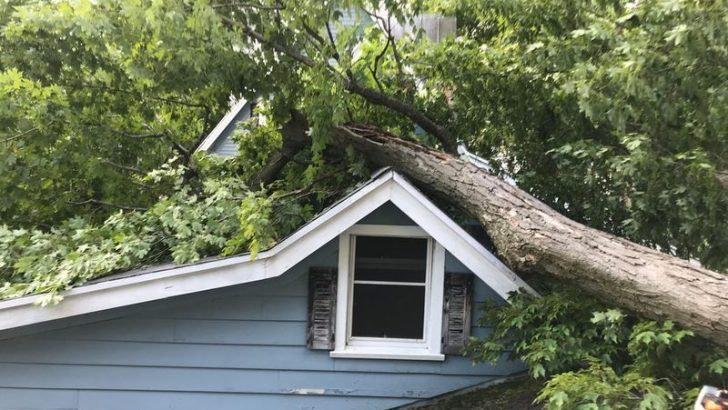Your home is your sanctuary, a place of comfort and safety. Unfortunately, there are numerous ways you might be damaging it without even noticing. From everyday habits to overlooked maintenance, these subtle yet destructive practices can lead to costly repairs and diminished home value. Understanding these hidden dangers can help you protect your investment and ensure your home remains a haven for years to come. Here are seven unexpected ways you might be causing harm to your home.
1. Ignoring Leaky Faucets
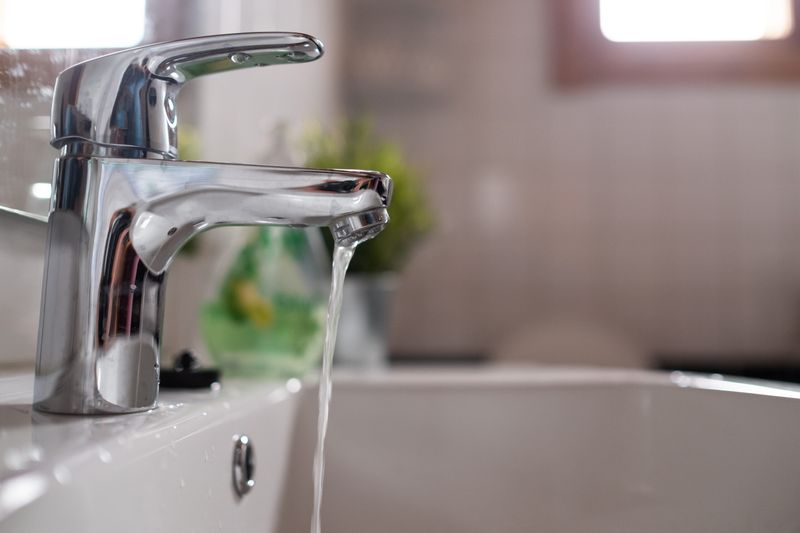
A dripping faucet may seem trivial, but those neglected leaks can lead to significant waste. Just one leaky faucet can waste gallons of water weekly, causing a spike in your water bill.
Beyond the financial cost, persistent leaks can contribute to mold growth. Mold thrives in moist environments, and unchecked leaks provide the perfect breeding ground.
Over time, this can lead to structural damage to cabinets and floors. Regular checks and timely repairs can protect your home from these hidden threats.
2. Overloading Electrical Outlets

We live in a world surrounded by gadgets, leading many to plug multiple devices into a single outlet. This practice poses a serious fire hazard.
Overloaded circuits can overheat, causing sparks and potential fires. The risk is even higher in older homes with dated wiring.
To mitigate this, consider using power strips with surge protection and evenly distributing electronic devices across outlets. Regularly inspect cords for wear and tear to prevent unnecessary risks.
3. Neglecting Gutter Maintenance
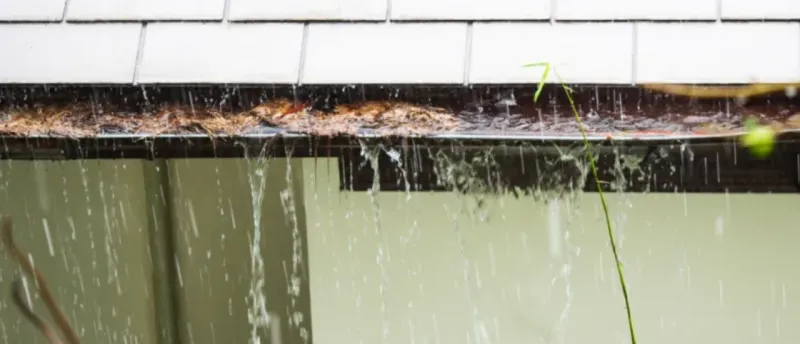
Clogged gutters are more than just unsightly; they invite trouble. When gutters are blocked, rainwater has nowhere to go, leading to overflow.
This can result in water seeping into your home’s foundation, causing cracks and structural damage. During winter, clogged gutters can also lead to ice dams, risking roof damage.
Regular cleaning and maintenance can keep gutters clear and functional, protecting your home from unwanted water damage.
4. Using Harsh Cleaning Products
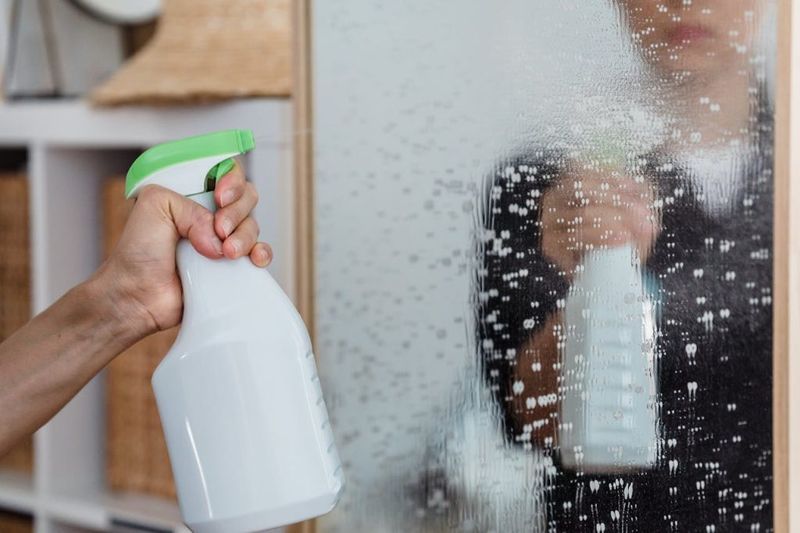
In the quest for cleanliness, many resort to strong chemicals, unaware of their potential harm. Harsh cleaning products can erode surfaces, dull finishes, and cause discoloration over time.
These chemicals can also release toxic fumes, affecting indoor air quality and posing health risks. Opt for gentler, eco-friendly alternatives.
Not only are they safer for your home, but they’re also better for the environment. Embracing these alternatives ensures a pristine home without the unintended consequences.
5. Planting Trees Too Close to the House
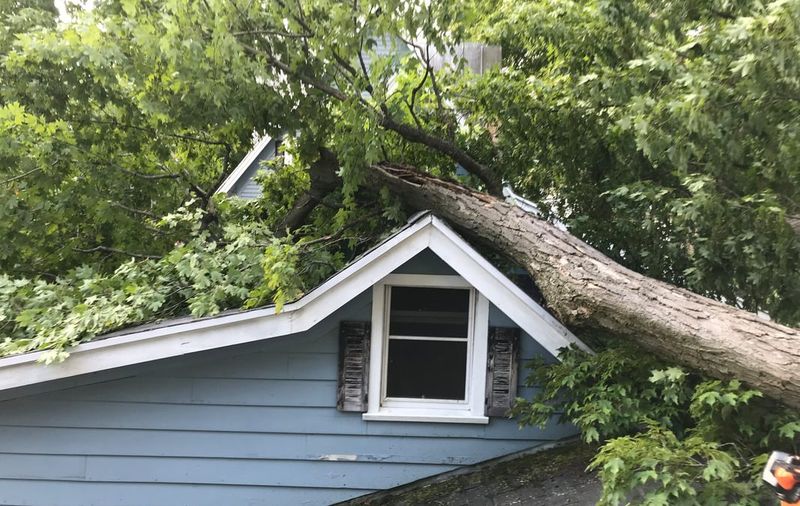
Trees add beauty and shade, but placement is crucial. Planting them too close to your house can lead to problems.
Roots can invade foundations, causing cracks or even structural instability. Overhanging branches can damage roofs during storms.
To prevent these issues, research the appropriate distance for different tree species and regularly trim overgrown branches. Proper planning ensures your garden remains an asset, not a liability.
6. Ignoring Ventilation Needs
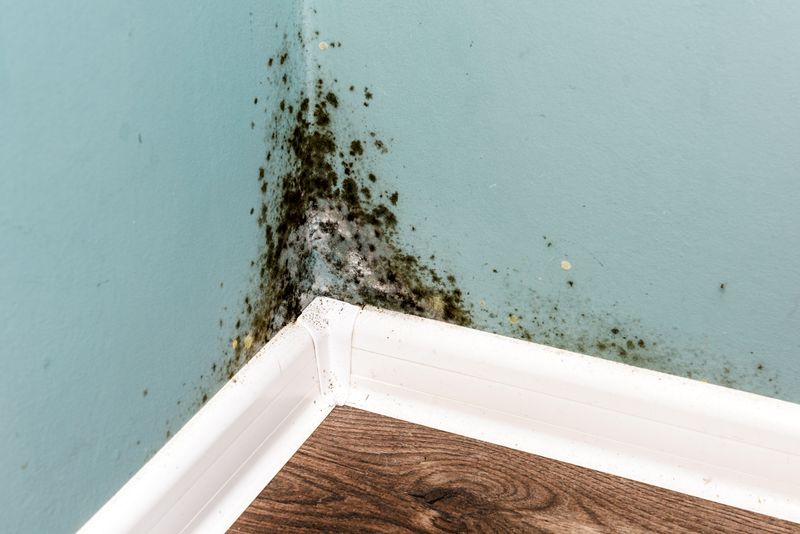
Proper ventilation is often overlooked, yet vital. Without it, your home can become a breeding ground for mold and mildew.
Poor air circulation can also lead to increased humidity levels, damaging walls and wooden structures. It can exacerbate respiratory issues for inhabitants.
Ensure your home is well-ventilated by installing exhaust fans in bathrooms and kitchens, and regularly airing out rooms. Fresh air is key to a healthy living environment.
7. Improperly Sealing Bathroom Fixtures

Sealing bathroom fixtures might not top your priority list, but it’s essential. Improper seals allow water to seep into walls and floors, leading to rot and mold.
Even minor leaks can escalate if left unchecked, resulting in extensive repairs. Regularly inspect and reseal fixtures as needed.
This simple upkeep can prevent major water damage, keeping your bathroom functional and your home safe from the hidden dangers of water intrusion.

